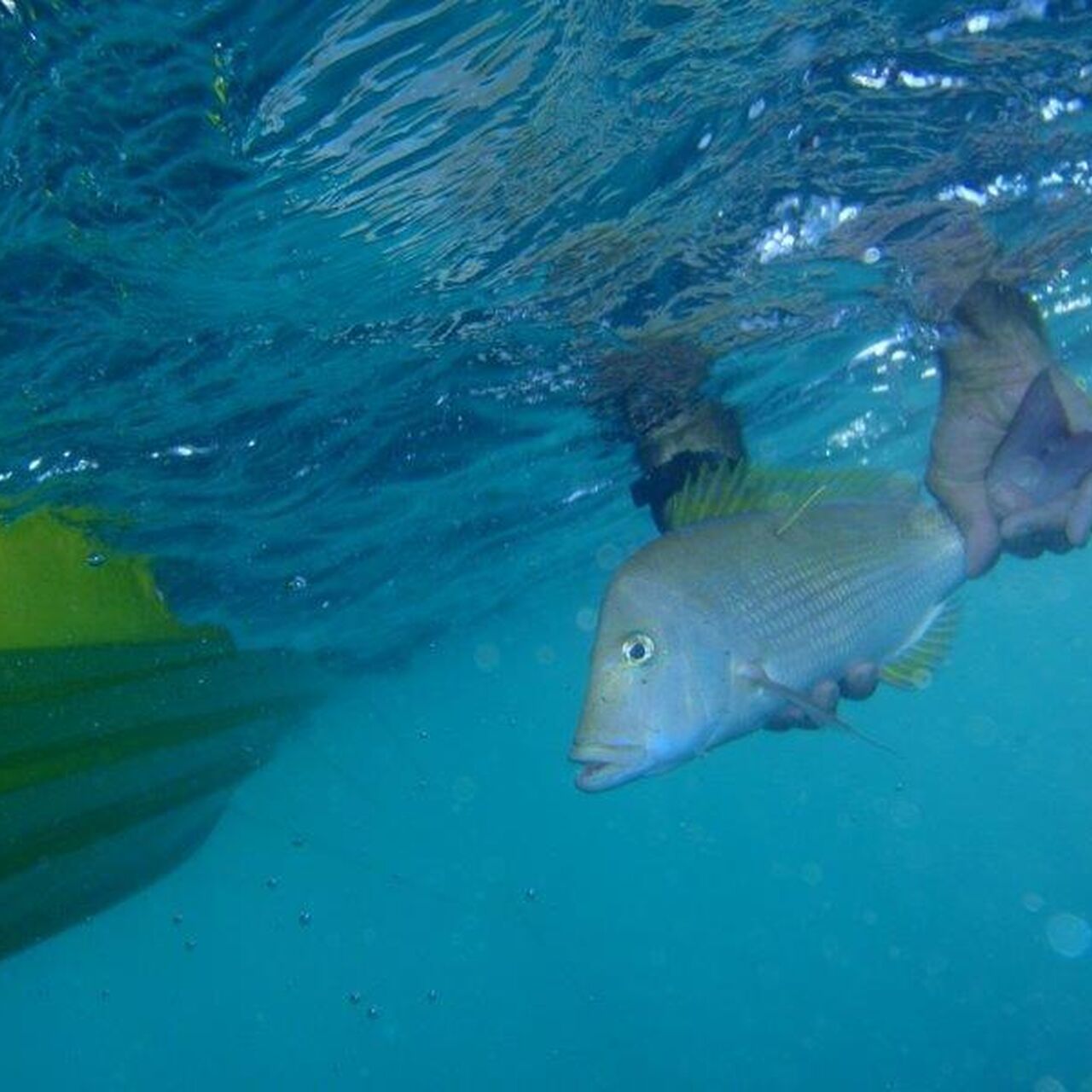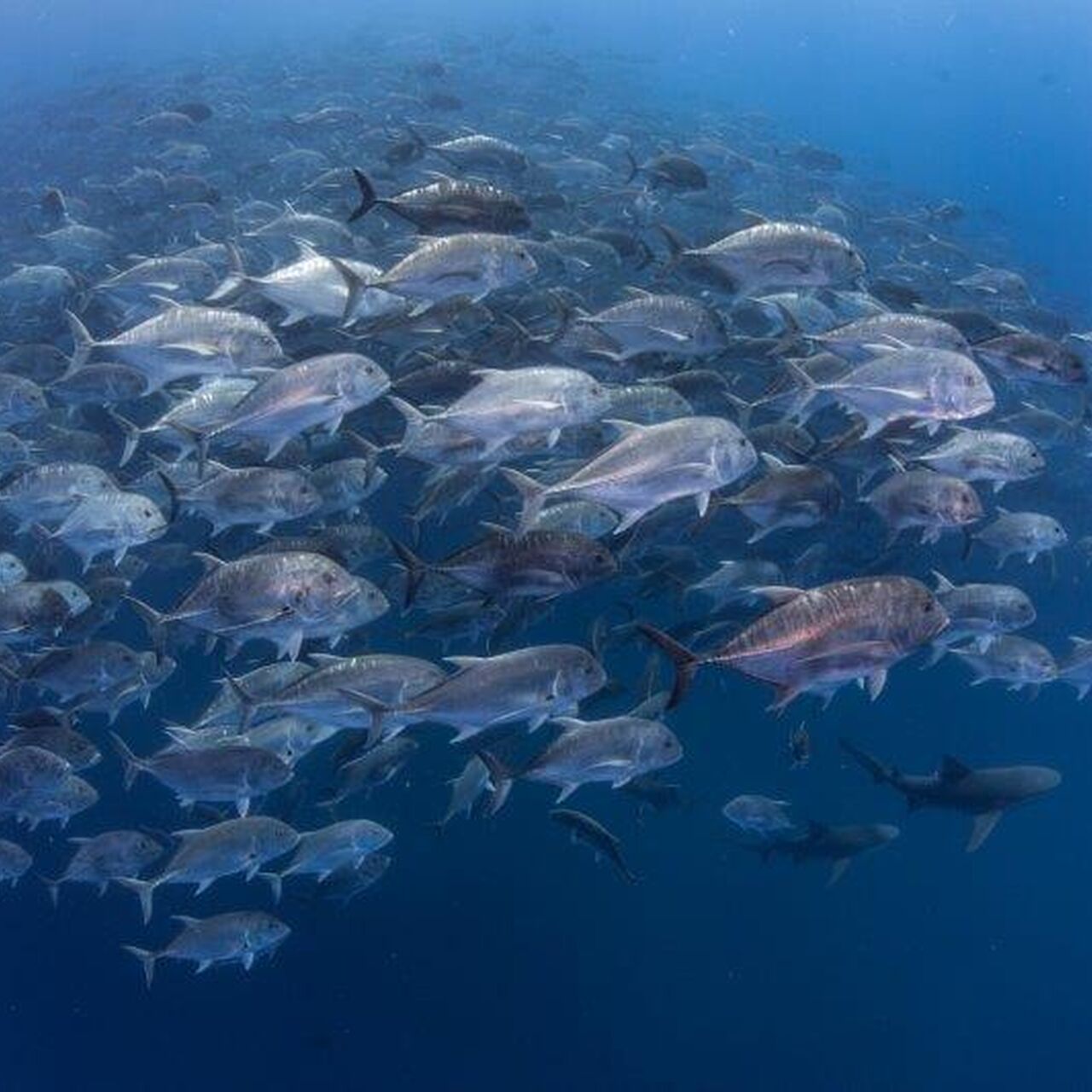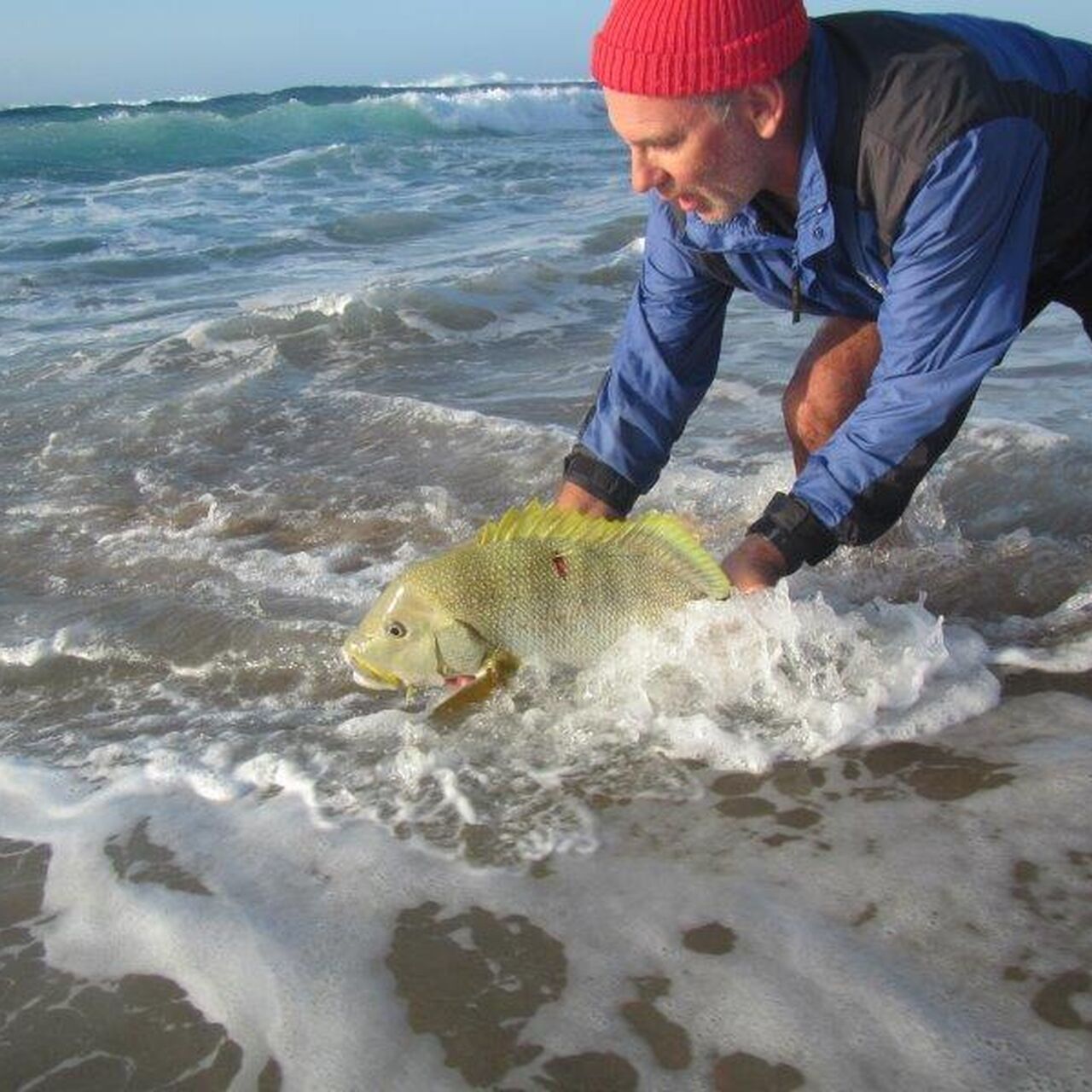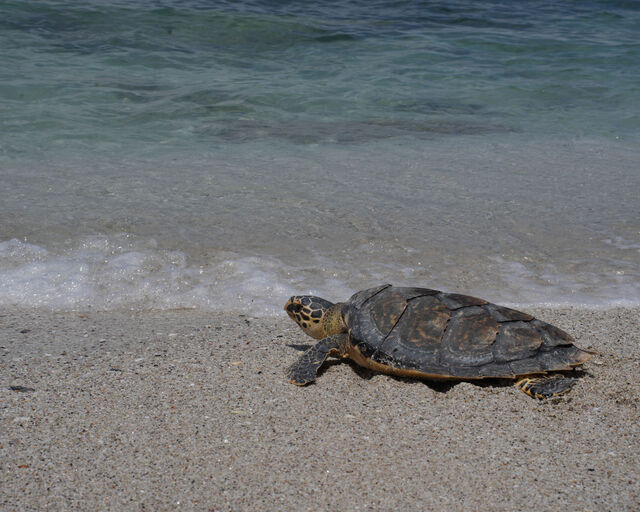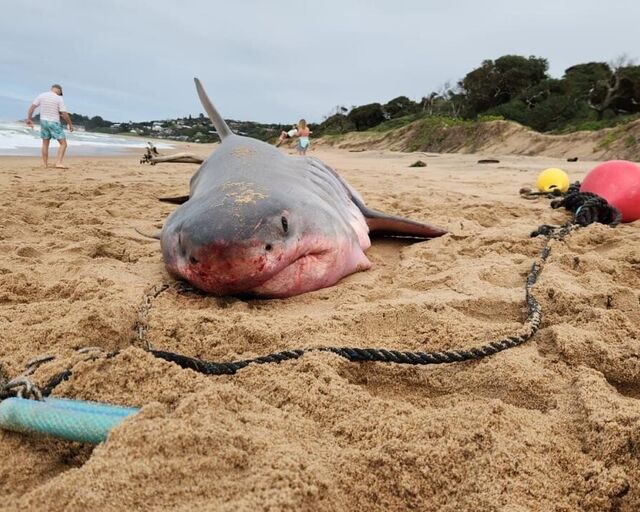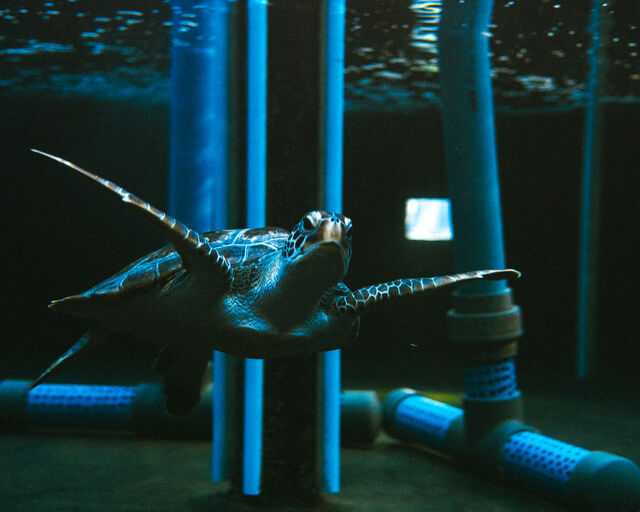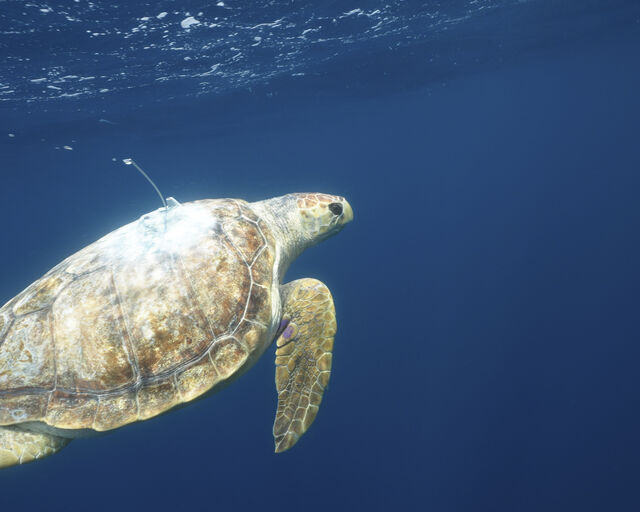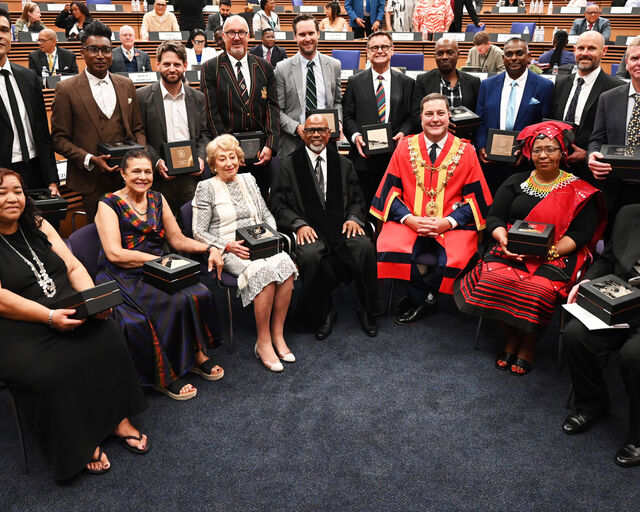Tagged fish research shows how our Marine Protected Areas are saving the species
With marine life in rapid decline, urgent action is needed to protect ocean creatures and their habitats to ensure a healthy ecosystem and ocean survival. The establishment of Marine Protected Areas (MPAs) is one way that this can be achieved, with research of fish species showing notable improvement. In the build-up to MPA Day celebrations on 1 August, a passionate South African scientist has shared his findings that show the value of these ‘nature reserves of the sea’.
“MPAs provide many benefits for both ocean health and human activities,” explained Dr Bruce Mann, a Research Associate with the Oceanographic Research Institute in Durban. “One benefit is that they enable fish stocks to increase in abundance and biomass and, over time, these spill over into adjacent fished areas, improving catches and ensuring fisheries sustainability.”
He said that the pristine quality of these essential conservation areas also gives a clearer idea of what nature looks like when it is not impacted by humans: “This forms a useful ‘control’ which provides a solid foundation for our research into the natural world and the conservation techniques needed. I want to share some recent examples to show that MPAs really do work, and by looking after these special places, we can make a real difference.”
Examples of MPA benefits on South Africa's east coast
The Scotsman
For 16 years, Dr Mann and his team have studied the Pondoland MPA in the Eastern Cape with impressive results. They tagged and released 1,042 Scotsman seabream, recapturing 255 (24%) - some multiple times. Most (85%) stayed within small home ranges on MPA reefs, proving the no-take zone’s effectiveness in protecting resident fish. The rest (15%) travelled northeast along the KZN coast, likely to spawn, and were later caught by recreational and commercial ski-boat fishers, highlighting how MPAs can support both conservation and local fisheries.
Giant Kingfish
To track giant kingfish (GTs), Dr Mann was part of a team that tagged 36 adult fish with acoustic tags along the coast from southern Mozambique to the Eastern Cape over five years. The findings were remarkable: every kingfish visited a spawning site in the Maputo National Park (an MPA) during full moons between November and January each year - some travelling distances of 632 km at speeds of up to 130 km a day! After spawning, they returned to individual home ranges, many within MPAs along the KZN and Eastern Cape coast. GTs thus rely on MPAs for their survival, and if we want to continue catching this iconic species in future, we really need to look after our MPAs.
iSimangaliso MPA
Can catch-and-release (C&R) help conserve shore angling species? A 20-year study in the iSimangaliso MPA tested this by tagging fish caught by volunteer anglers in zoned areas within the MPA. The findings showed that when best-practice handling was used, C&R angling had minimal impact on most species, but more sensitive species still showed higher post-release mortality, especially with increased angling pressure. The study concluded that while C&R isn’t suitable in strict no-take zones, it offers real conservation value as a buffer around MPAs or in specially zoned areas.
Fun Fact!
In 1989, a red steenbras nicknamed Uncle Robert was caught and tagged by Dr Bruce Mann (who was then a student) in the Tsitsikamma MPA, measuring 75cm. In 2011, 22 years later, a ski-boat fisherman caught Uncle Robert near Kei Mouth, who was then 112cm, and shared the information with Dr Mann. Another red steenbras, Aunt Rachel, also tagged in the Tsitsikamma MPA, was recaptured at Aliwal Shoal MPA, a record 923 km away!
MPA Day activities
Support the work being done to protect our MPAs by joining in the MPA Day celebrations on 1 August 2025, themed Making Connections. This year’s activities seek to connect people to the ocean and bring conservation awareness to even more people around the world.
Join in on all the MPA Day 2025 action by visiting MPA Day for updated events and activities. Join in the discussions around MPAs on Instagram @marineprotectedareassa, Facebook @MPASouthAfrica or LinkedIn MPA DAY: Overview | LinkedIn. Check out the MPA Day videos on YouTube.
Related News
Sign up to our Newsletter
Receive monthly news, online courses and conservation programmes.
